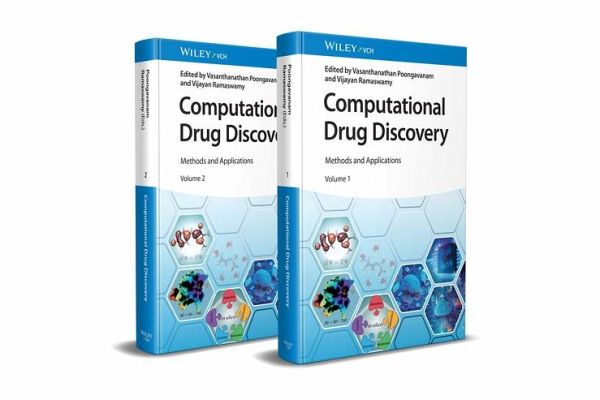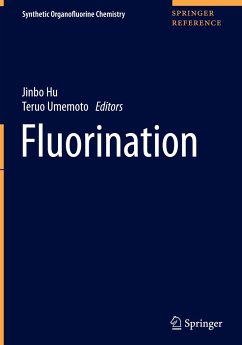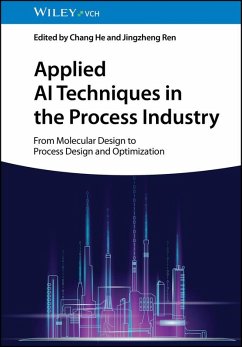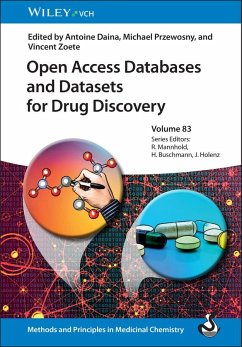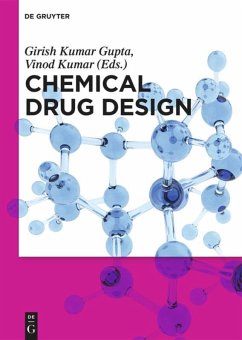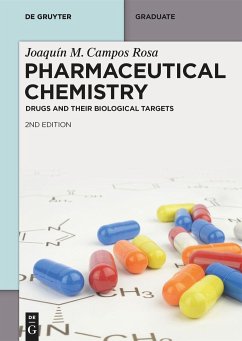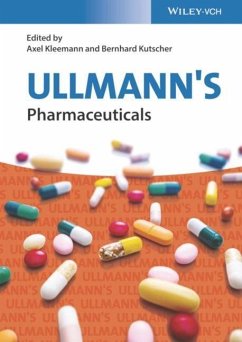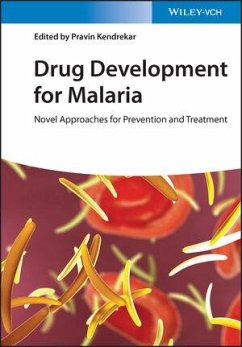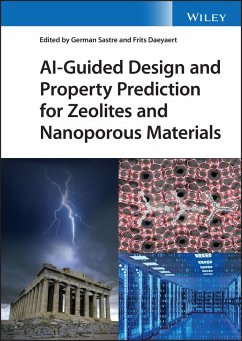V Poongavanam
Gebundenes Buch
Computational Drug Discovery
Methods and Applications
Herausgegeben: Poongavanam, Vasanthanathan; Ramaswamy, Vijayan
Versandkostenfrei!
Sofort lieferbar
Weitere Ausgaben:

PAYBACK Punkte
108 °P sammeln!




Provide readers with an overview of modern technologies, emphasizing AI for drug discovery.
Vasanthanathan Poongavanam is a senior scientist in the Department of Chemistry-BMC, Uppsala University, Sweden. Before starting at Uppsala University in 2016, he was a postdoctoral fellow at the University of Vienna, Austria, and at the University of Southern Denmark. He obtained his Ph.D. degree in Computational Medicinal Chemistry as a Drug Research Academy (DRA) Fellow at the University of Copenhagen, Denmark, on computational modeling of cytochrome P450. He has published more than 65 scientific articles, including reviews and book chapters. His scientific interests focus on in silico ADMET modeling including cell permeability and solubility, and he has worked extensively on understanding the molecular properties that govern the pharmacokinetic profile of molecules bRo5 property space, including macrocycles and PROTACs. Vijayan Ramaswamy (R.S.K. Vijayan) is a senior research scientist affiliated with the Structural Chemistry division at the Institute for Applied Cancer Science, University of Texas MD Anderson Cancer, TX, USA. In 2016, he joined MD Anderson Cancer after a brief tenure as a scientist, at PMC Advanced Technologies, New Jersey, USA. He undertook postdoctoral training at Rutgers University in New Jersey, USA, and Temple University in Pennsylvania, USA. He received his Ph.D. in Pharmacy as a CSIR senior research fellow from the Indian Institute of Chemical Biology, Kolkata, India. He is a named co-inventor on 7 issued US patents, including an ATR kinase inhibitor that has advanced to Phase 2 clinical trials. He has published more than 20 scientific articles and authored one book chapter. His research focuses on applying computational chemistry methods to drive small molecule drug discovery programs, particularly for oncology and neurodegenerative diseases.
Produktdetails
- Verlag: Wiley-VCH
- Artikelnr. des Verlages: 1135166 000
- 1. Auflage
- Seitenzahl: 736
- Erscheinungstermin: 21. Februar 2024
- Englisch
- Abmessung: 251mm x 176mm x 44mm
- Gewicht: 1700g
- ISBN-13: 9783527351664
- ISBN-10: 3527351663
- Artikelnr.: 68980520
Herstellerkennzeichnung
Wiley-VCH GmbH
Boschstraße 12
69469 Weinheim
wiley-vch@kolibri360.de
Für dieses Produkt wurde noch keine Bewertung abgegeben. Wir würden uns sehr freuen, wenn du die erste Bewertung schreibst!
Eine Bewertung schreiben
Eine Bewertung schreiben
Andere Kunden interessierten sich für



